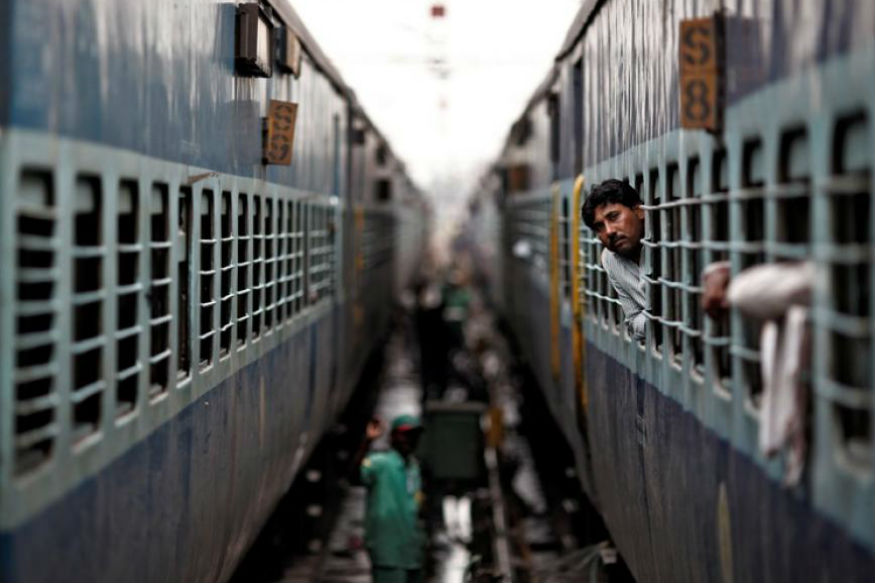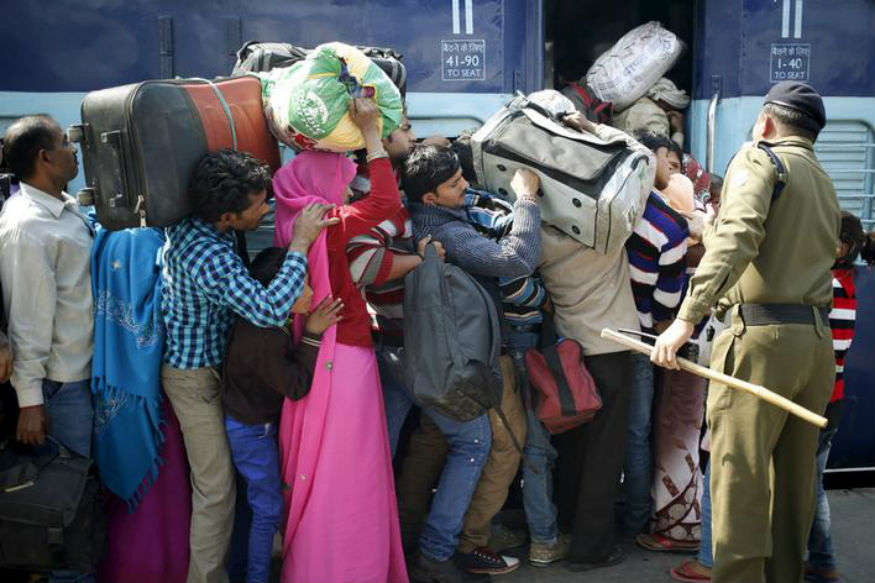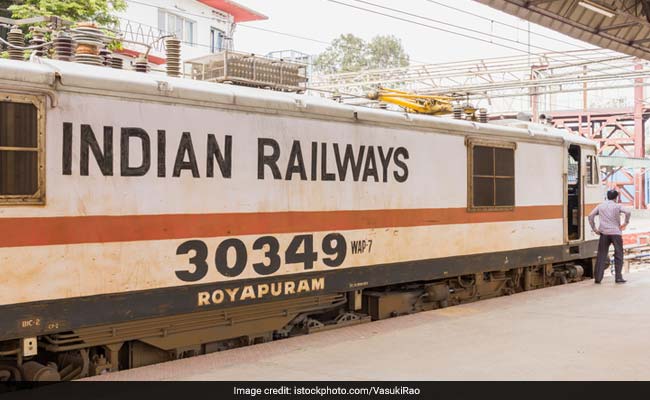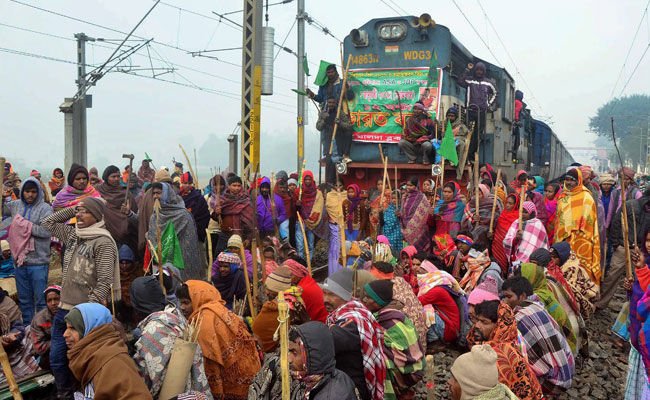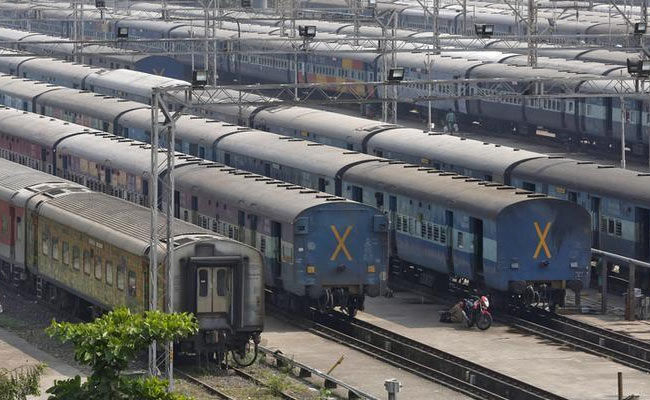
Japan is making an all-out bid for the Kuala Lumpur-Singapore High Speed Rail (HSR) contract to construct Southeast Asia’s largest ever infrastructure project.
The Japanese bid to build the HSR – touted as South-east Asia’s largest infrastructure project – would be a comprehensive package based on Japan’s technological expertise in its renowned Shinkansen bullet train system, Japan’s Ambassador to Malaysia said in an interview with national news agency Bernama.
The Japanese package would be a truly holistic one with the best HSR technology via the first invented and world-renowned high-speed railway system, the Shinkansen, plus total transfer of technology and local vendor development to greatly benefit Malaysian and Singaporean companies, including small and medium enterprises, said the Japanese ambassador to Malaysia, Makio Miyagawa.
“We will be offering our best-suited technologies to Malaysians and Singaporeans as well as full-fledged training for the officials, operators and engineers of both countries so that they can start the operations by themselves from Day One.
“Japan would also like to offer the most comprehensive financial package which would certainly help the two nations to reduce as much of their financial burden as possible in introducing this system,” Miyagawa told in an interview.
Bids for the HSR, described as a game-changing joint venture between Malaysia and Singapore, must be submitted by the middle of this year with the contract expected to be awarded by year-end.
Other bidders for the project may include those from China, South Korea and France.
The 350km HSR is intended to cut travel time between Kuala Lumpur and Singapore to 90 minutes and stimulate the economy of several localities along the route, and it is projected to start operations around 2026.
Malaysia’s MyHSR Corporation Sdn Bhd and Singapore’s HSR Private Ltd announced on December 20 last year that they would start accepting bids for a railway “assets company” which will be responsible for designing, building, financing, operating and maintaining all rail assets.
Second Finance Minister Datuk Seri Johari Abdul Ghani was reported to have said that the project, which will have eight stations, would cost RM50 billion-RM60 billion.
Miyagawa pointed out that Japan’s engagement posture would tie closely with the country’s long-standing philosophy of economic assistance particularly in Asia.
“The philosophy of our economic assistance has all along been in such a way that Japan has assisted the recipient nations to stand on their own feet. It would not like to dominate the benefits but to share them. It would withdraw from the operation when you are ready to take over. If you would like us to stay on for some years, we would. It is not the Japan’s way to win (a contract) and run away. That would be irresponsible,” the ambassador added.
He said Japan had already been offering technology, human capital and financial resources to enable its companies to collaborate with companies in Malaysia and Singapore so that the all the companies and private sector could go hand in hand to advance together.
“In the high-speed rail system, our government and private sector would be ready and are very keen to collaborate with the local industries in Malaysia and Singapore so that the gradual transfer of technology and human capital will succeed and will help newly-introducing technology nations like Malaysia and Singapore to operate the system right from the start,” he added.
And he said that this long-lasting project would certainly invigorate and reinvigorate as well as reenergise the economies of Malaysia and Singapore linking up the two cities as well as mega cities now prospering in Asia.
“The connectivity will increase and along the alignment many cities will flourish. And that is why we are very happy to participate in this project.”
Japan’s edge over other bidders, Miyagawa said, should be viewed from the most important aspect in any public transport system – safety.
Here, Japan has an impeccable record recognised worldwide.
“Japan invented the bullet train technology. The advantage of the Shinkansen is that it has been operated for almost 50 years without any fatal accident or human capital problems. This is the merit of the system which is based upon the superiority of the hardware as well as the excellence of the software operations based upon the accumulated know-how of the engineers and operators in Japan,” he said.
Mr Makio Miyagawa said the bid will include a total transfer of technology and local vendor development to benefit Malaysian and Singaporean firms, including small and medium-sized enterprises.
“We will be offering our best-suited technologies to Malaysians and Singaporeans, as well as full-fledged training for the officials, operators and engineers of both countries, so that they can start the operations themselves from day one,” he said.
“Japan would also like to offer the most comprehensive financial package, which would certainly help the two nations reduce as much of their financial burden as possible, in introducing this system.”
Bids for the HSR, which has been described as a game-changing joint venture between Malaysia and Singapore, must be submitted by the middle of this year, with the contract expected to be awarded by the year end. Other potential bidders for the project include China, South Korea and France.
The 350km HSR will cut travel time between Kuala Lumpur and Singapore to 90 minutes, and is expected to be completed by 2026.
Malaysia’s MyHSR Corporation and Singapore’s SG HSR on Dec 20 last year said they would start accepting bids for a railway assets firm that will be responsible for designing, building, financing, operating and maintaining all rail assets. Malaysian Second Finance Minister Johari Abdul Ghani was reported to have said that the project, which will have eight stations, is expected to cost about RM50 billion (S$17 billion) to RM60 billion.
Mr Miyagawa said Japan’s involvement in the project was consistent with the country’s longstanding philosophy of economic assistance, particularly to other countries in Asia.
He said: “The philosophy of our economic assistance has all along been in such a way that Japan has assisted the recipient nations to stand on their own feet. It would not like to dominate the benefits but to share them.
“It would withdraw from the operation when you are ready to take over. If you would like us to stay on for some years, we would. It is not Japan’s way to win a contract and run away. That would be irresponsible.
“In the high-speed rail system, our government and private sector would be ready and are very keen to collaborate with the local industries in Malaysia and Singapore so that the gradual transfer of technology and human capital will succeed, and help nations like Malaysia and Singapore, who are introducing new technologies, to operate the system right from the start.”
Japan’s edge over other bidders, he added, should be viewed from the most important aspect in any public transport system – safety.
Said Mr Miyagawa: “Japan invented the bullet train technology. The advantage of the Shinkansen is that it has operated for almost 50 years without any fatal accident or human capital problems.
“This is the merit of the system which is based upon the superiority of the hardware as well as the excellence of the software operations, based upon the accumulated know-how of the engineers and operators in Japan.”


